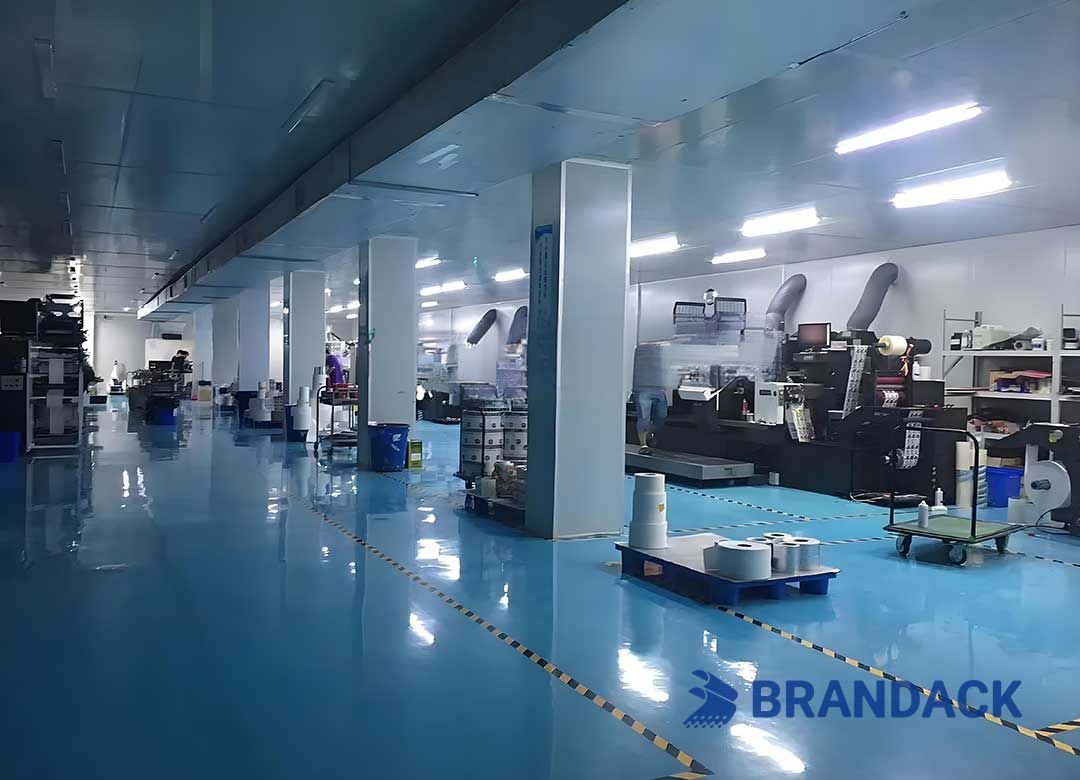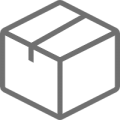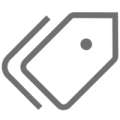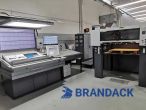In the global packaging industry, quality is more than a requirement - it’s the foundation of brand trust, consumer safety, and regulatory compliance. Traditional quality control (QC) methods, relying on manual visual checks, often fall short: human error misses micro-defects, inspection speeds lag behind high-volume production, and post-production failures lead to costly recalls. Today, advanced packaging inspection technologies are reshaping QC standards, turning reactive checks into proactive, precise, and efficient processes that protect brands and optimize operations.
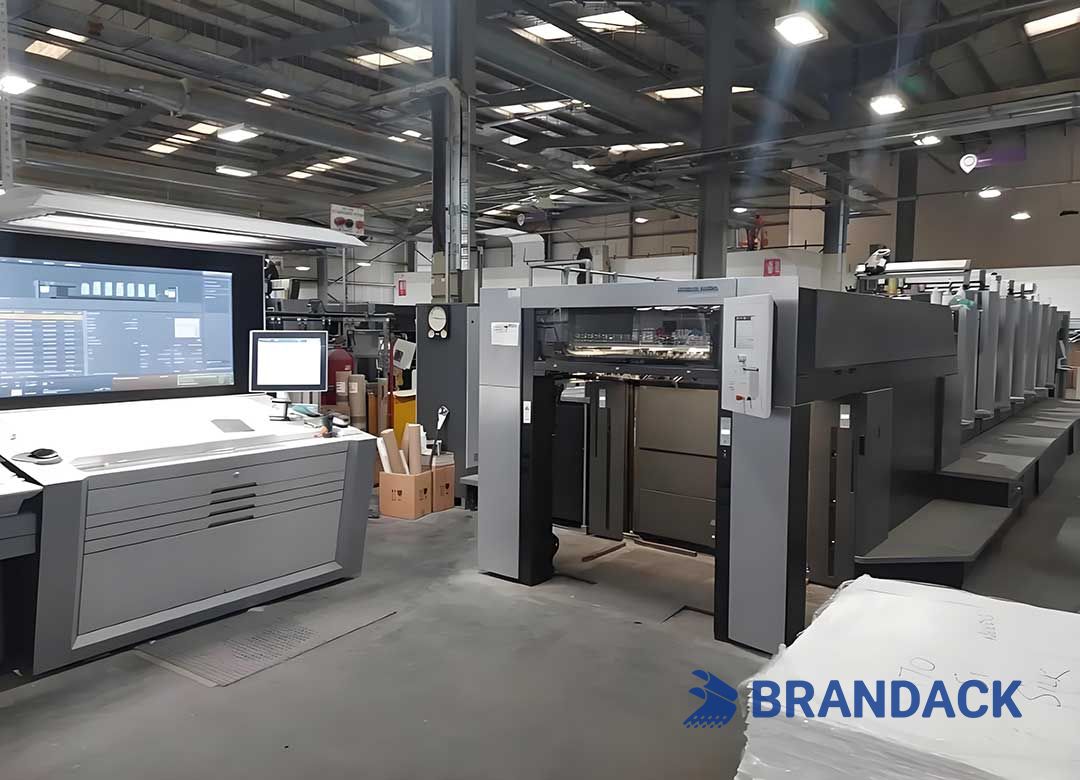
Core Advanced Inspection Technologies: Precision Redefined
Modern packaging inspection leverages cutting-edge tools to address every critical quality touchpoint, from material integrity to print accuracy.
1. AI-Powered Visual Inspection
AI-driven visual systems use machine learning algorithms trained on thousands of defect patterns to scan packaging in real time. Unlike human inspectors - who struggle to detect tiny flaws like ink smudges, label misalignments, or incomplete seals - these systems analyze surfaces, prints, and seals at speeds of up to 1,000 units per minute. For example, in flexible food packaging, AI tools spot micro-holes in barriers (a risk for contamination) that are invisible to the naked eye, reducing defect rates by 70% or more.
2. Spectroscopic Analysis
Spectroscopic tools (such as near-infrared or Raman spectroscopy) go beyond visuals to test packaging materials’ chemical and physical properties. They verify ink safety (ensuring no harmful substances migrate into food or pharmaceuticals), confirm material purity (e.g., detecting recycled content contamination), and validate coating thickness. This is critical for compliance with strict frameworks like the FDA’s Food Contact Substances (FCS) rules or the EU’s Regulation (EU) 10/2011, where even minor material deviations risk non-compliance.
3. 3D Laser Scanning
For rigid packaging (e.g., boxes, bottles, or luxury gift boxes), 3D laser scanning creates detailed digital models to check dimensional accuracy. It measures critical parameters - like box fold angles, bottle neck diameters, or embossed logo depth - with micron-level precision. This eliminates “close enough” errors that cause packaging jams in filling lines or damage products during shipping, cutting production downtime by 40% in high-volume facilities.
4. Real-Time IoT Data Integration
Many inspection technologies now connect to IoT platforms, streaming data to central dashboards. This lets QC teams monitor trends (e.g., a spike in seal defects on a specific production line) and adjust processes instantly, rather than waiting for batch checks. For example, a beverage manufacturer used IoT-linked seal inspectors to identify a temperature fluctuation causing weak bottle caps - fixing the issue in 15 minutes and avoiding a potential recall.
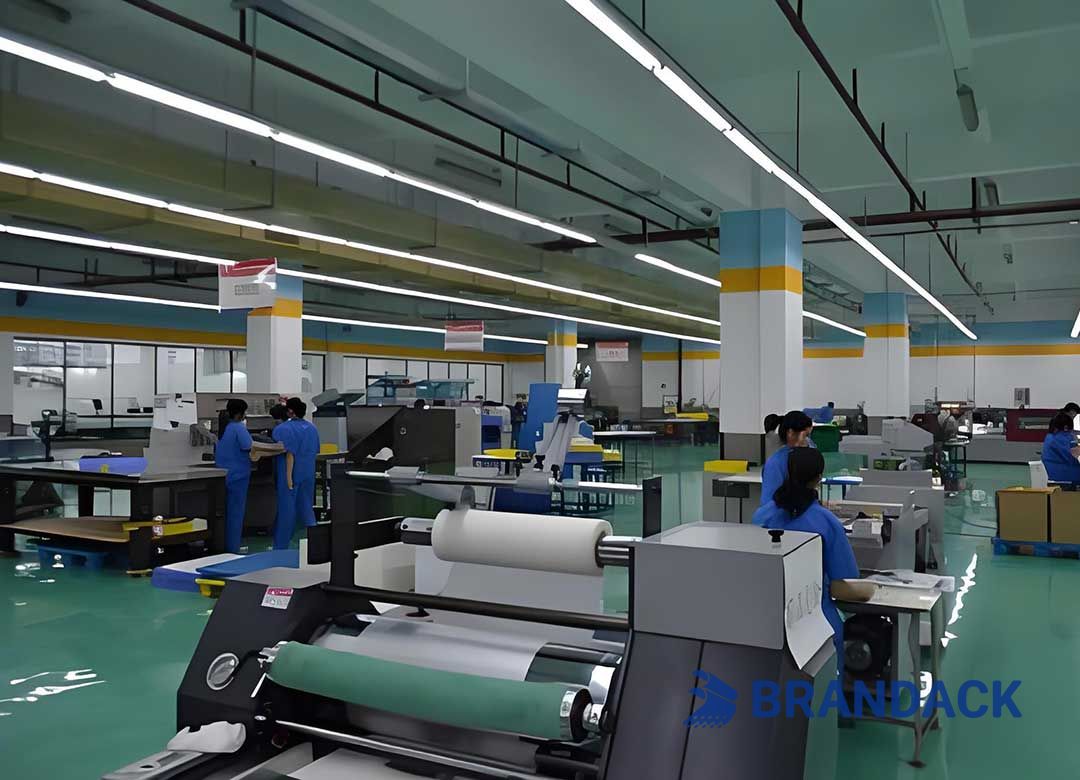
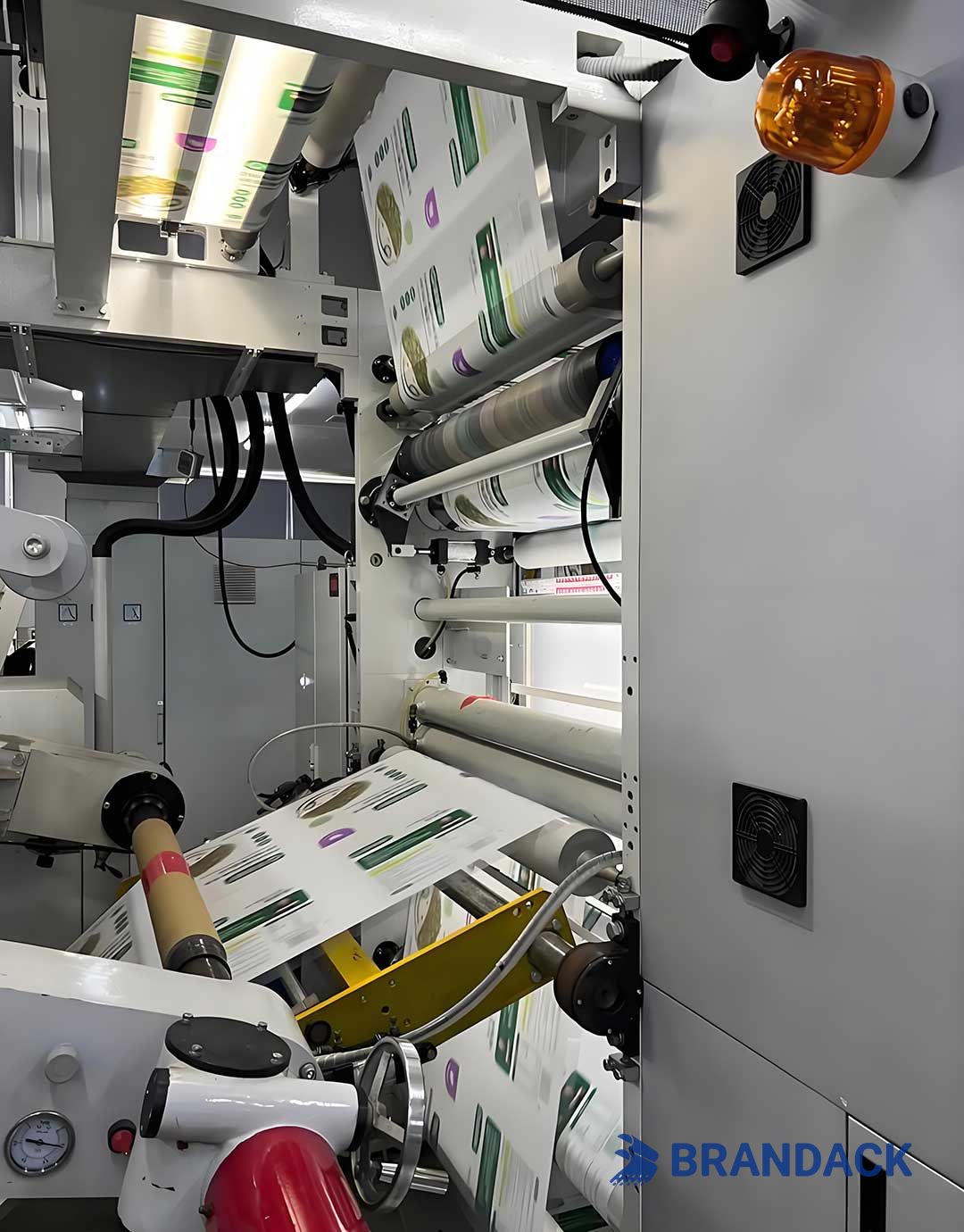
Tangible Benefits: Elevating QC Standards Across Industries
Advanced inspection technologies don’t just “find defects” - they redefine what “quality” means by aligning QC with business goals.
P Cost Savings: By catching defects early (during production, not post-shipment), brands avoid recall costs (which average $10 million for food and beverage companies) and reduce material waste. A leading cosmetic packaging firm cut rework expenses by 55% after adopting AI visual inspection.
P Regulatory Confidence: Technologies like spectroscopic analysis provide traceable data, making audits for standards like ISO 2859 (sampling procedures) or GMP (Good Manufacturing Practices) faster and more reliable. Pharmaceutical packaging clients, for instance, use these tools to prove compliance with strict drug safety regulations.
P Brand Protection: Consistent quality prevents negative consumer experiences - such as a torn snack bag or a misprinted product label - that damage trust. Luxury packaging brands, in particular, rely on 3D scanning to ensure their high-end boxes meet exact aesthetic standards.
P Operational Speed: Automated inspection keeps pace with modern production lines (e.g., 2,000+ packages per hour for e-commerce). This eliminates bottlenecks, letting companies scale without sacrificing quality.
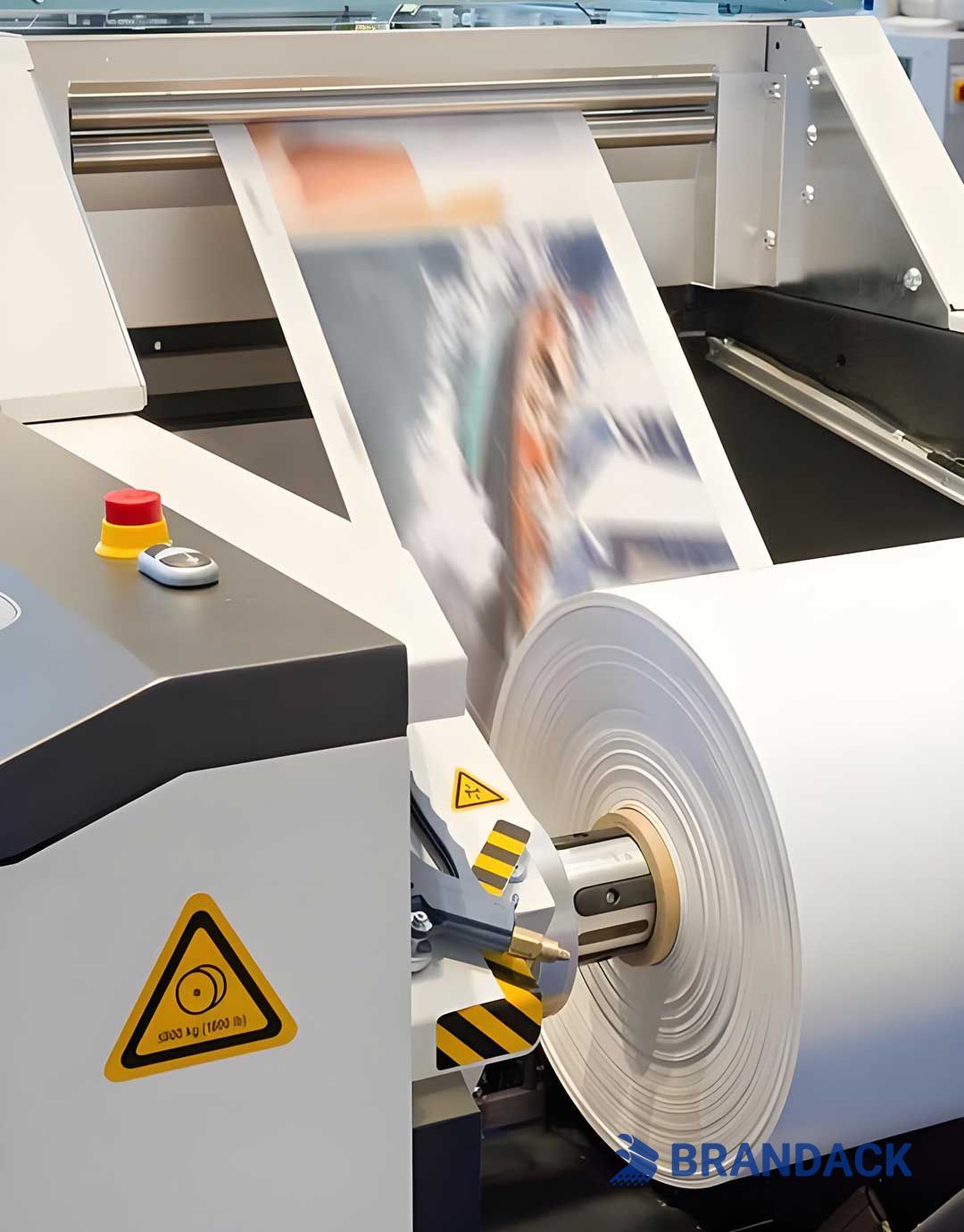
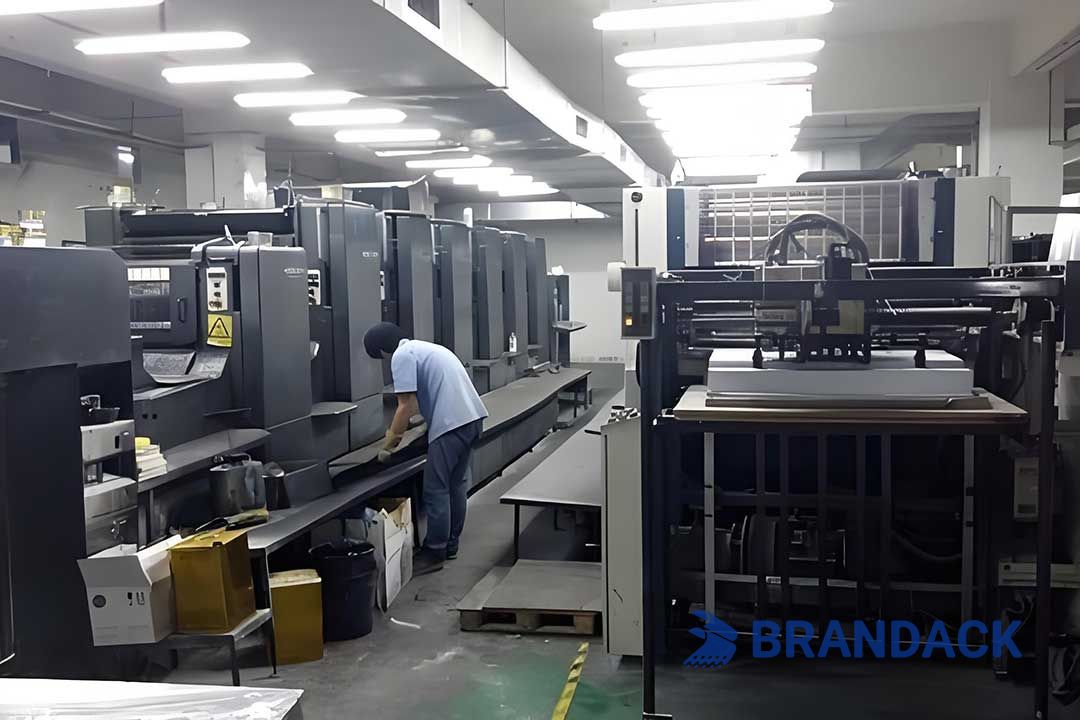
Industry-Specific Applications
Advanced inspection adapts to unique packaging needs across sectors:
✅ Food & Beverage: AI visual systems check for seal integrity (preventing spoilage) and date-code accuracy, while spectroscopy verifies food-safe materials.
✅ Pharmaceuticals: 3D scanning ensures blister packs are properly sealed (protecting drug potency), and AI detects misprinted dosage information.
✅ Luxury Goods: High-resolution AI cameras inspect foil stamping, embossing, and color consistency - critical for maintaining premium brand image.
✅ E-Commerce: IoT-linked weight sensors and visual tools check for package damage during fulfillment, reducing return rates.
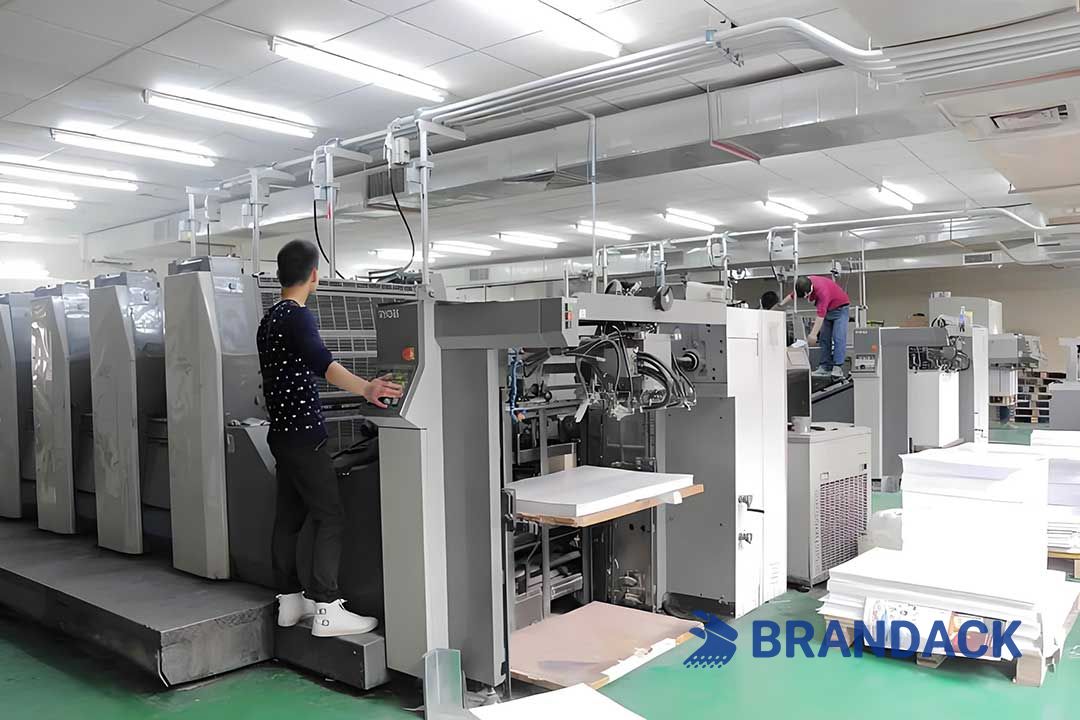
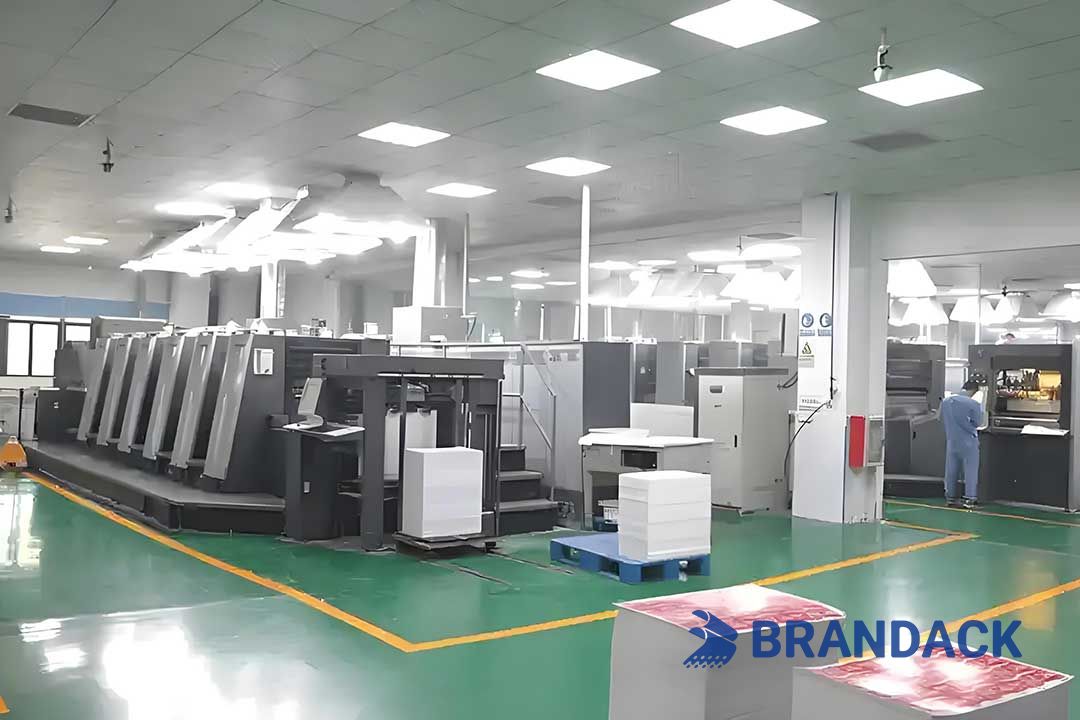
Future Trends: The Next Era of QC
As the industry evolves, inspection technologies will grow even more integrated and predictive:
Predictive Maintenance: IoT data will forecast when inspection tools (e.g., cameras, lasers) need calibration, preventing unexpected downtime.
Sustainability Focus: New tools will inspect biodegradable or recycled packaging for structural integrity, ensuring eco-friendly materials don’t compromise quality.
Cloud-Based Collaboration: Centralized cloud platforms will let brands and packaging partners share inspection data in real time, streamlining supply chain QC.
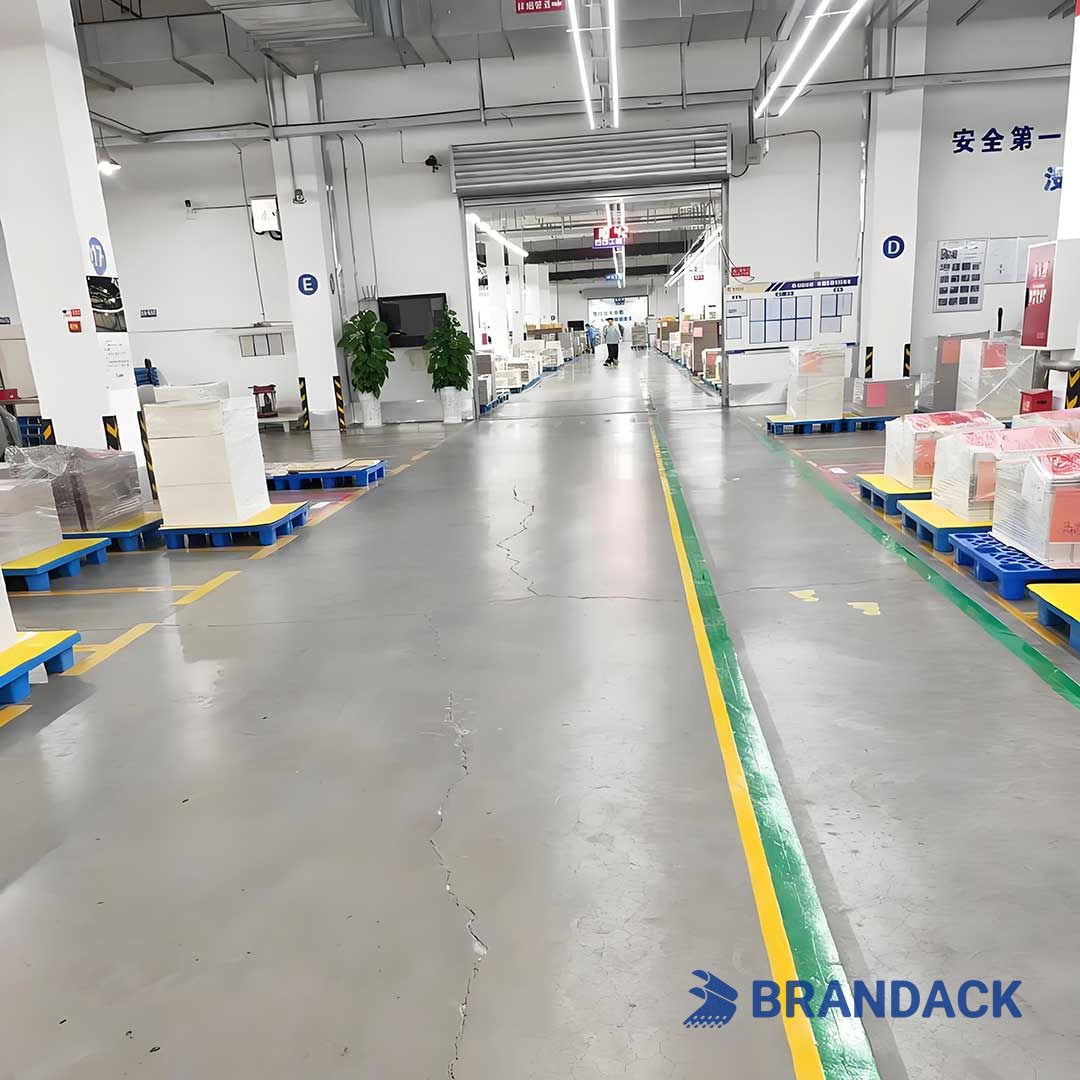
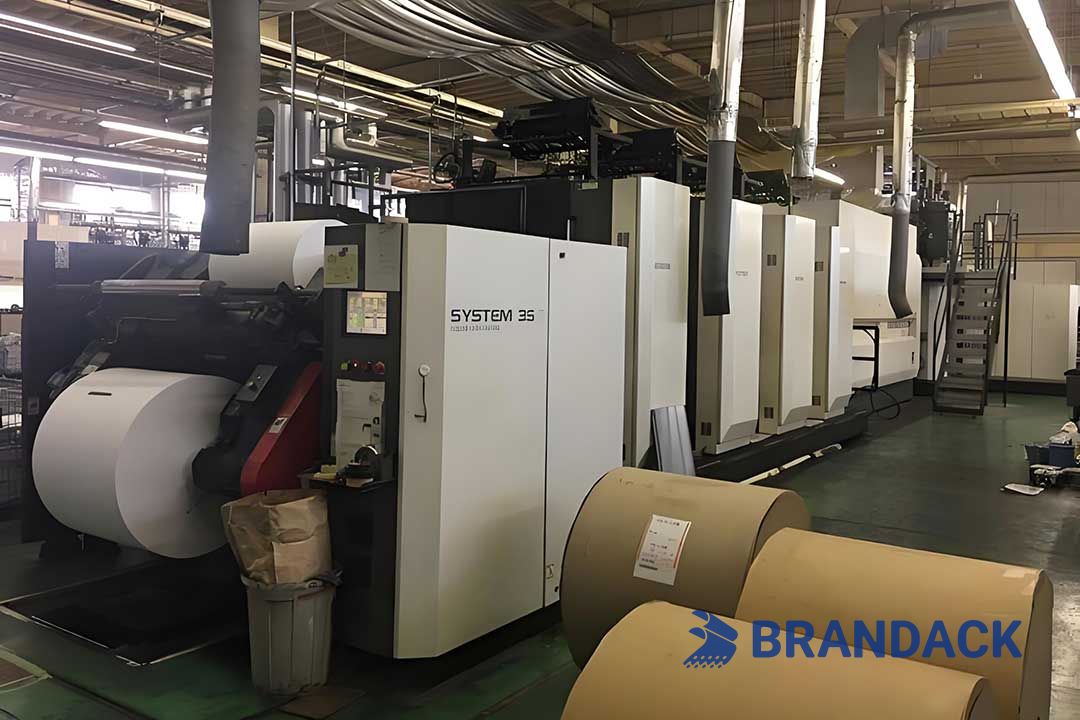
Turn Quality Control into a Strategic Advantage
Advanced packaging inspection technologies are no longer “nice-to-have” - they’re essential for meeting today’s rigorous quality standards. By replacing manual, reactive checks with automated, data-driven precision, these tools reduce costs, ensure compliance, and protect brand reputation. For printing and packaging companies, investing in these technologies means delivering consistent, high-quality solutions that keep clients competitive in a fast-paced market. Our team of inspection specialists is ready to tailor these technologies to your specific needs - whether you serve food, pharma, luxury, or e-commerce clients - turning quality control into a strategic advantage.
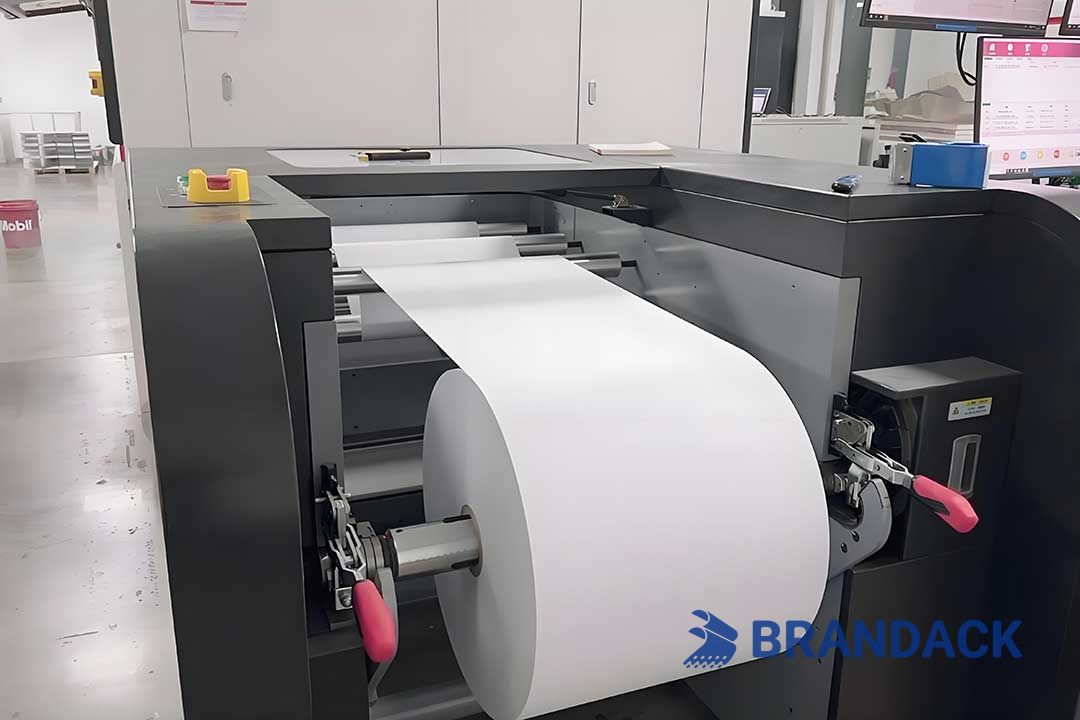
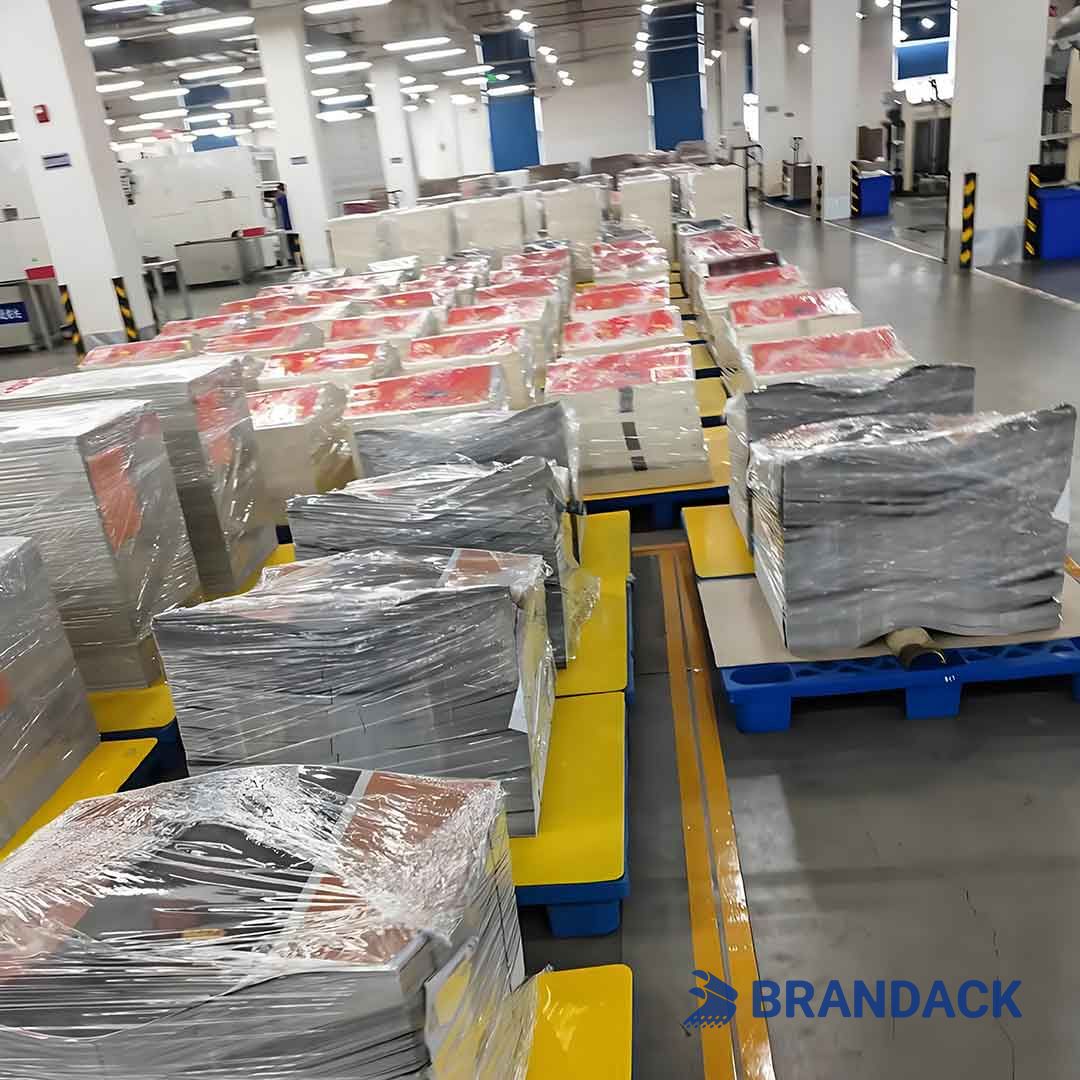
Join us in redefining what quality means. With our cutting-edge inspection capabilities, your products printing or packaging will always speak excellence - before they’re even opened.
